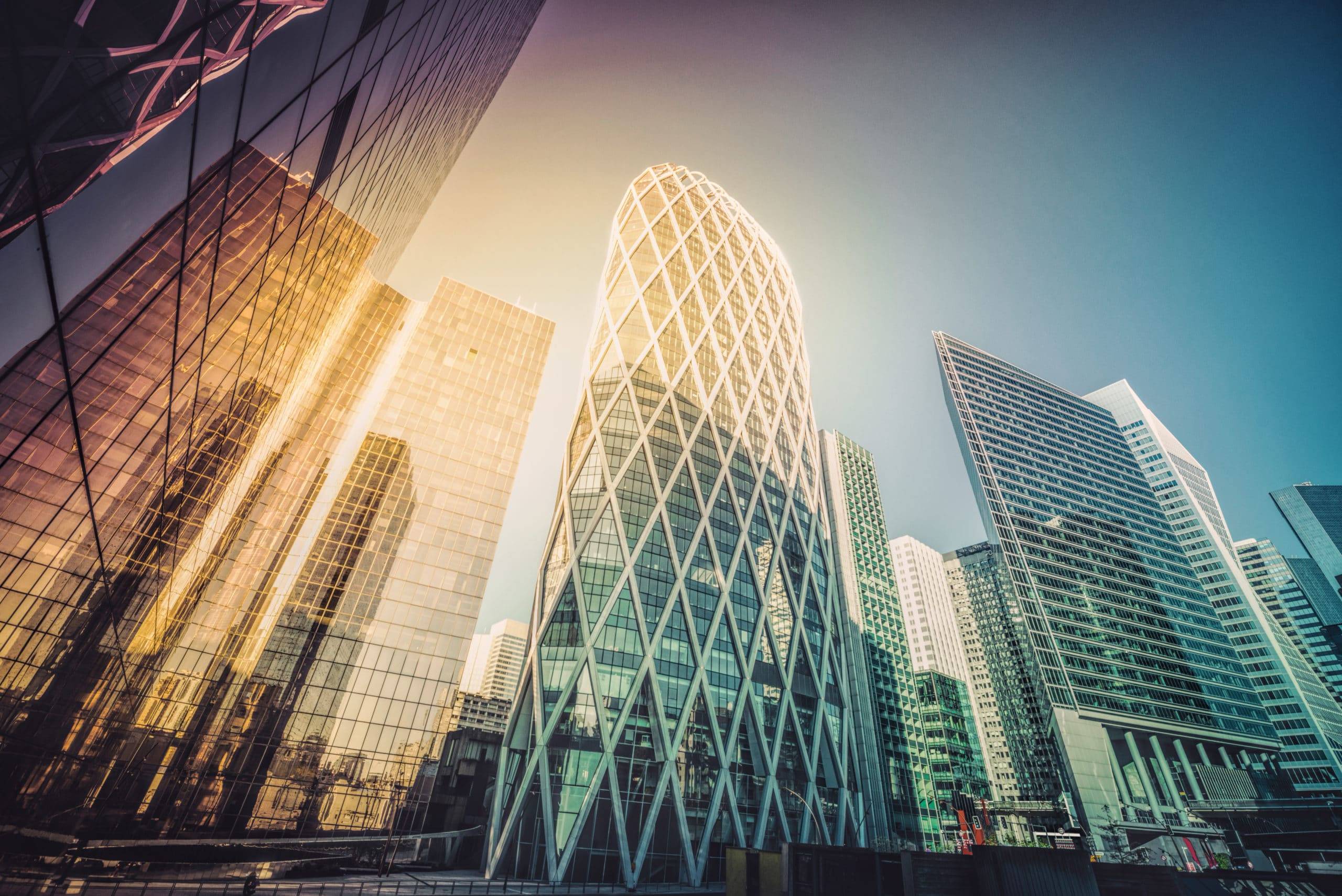
The real estate industry is witnessing an unprecedented shift towards sustainability. Predictions indicate a surge in the demand for low-carbon buildings, estimated to grow by 70% by 2030. This is driven by a confluence of factors, including:
Increased awareness of climate change: Tenants and investors are increasingly seeking environmentally responsible options, placing a premium on buildings with low carbon footprints.
Government regulations: Stringent regulations are being implemented worldwide to curb greenhouse gas emissions, incentivizing the transition to low-carbon buildings.
Economic benefits: According to Beyond the Business Case by the World Green Building Council, low-carbon buildings offer significant financial advantages, including lower operational costs, higher occupancy rates, and increased asset value.
Despite the rising demand, the supply of low-carbon buildings remains woefully inadequate. This presents a golden opportunity for commercial, industrial, and institutional real estate owners to capitalize on the need and unlock substantial returns on their investments.
Real estate owners often approach investment decisions with a laser focus on immediate return on investment (ROI), often solely in terms of operating costs. However, when it comes to retrofitting, this narrow perspective fails to capture the full spectrum of value this investment can bring.
The demand for low-carbon buildings is outpacing the current rate of retrofitting, posing a significant challenge to achieving global decarbonization targets. With over 1 billion square meters of office space alone requiring upgrades by 2050, the annual retrofit rate needs to increase from 1% to 3% of existing stock.
The future belongs to those who embrace the long-term value of retrofitting. By moving beyond a narrow focus on operating costs, owners can unlock a world of opportunities which go beyond operational savings:
Attracting and Retaining Top Tenants: 70% of tenants are willing to pay more for green-certified spaces (JLL). Modern tenants prioritize sustainability and are drawn to buildings that offer healthier, more productive work environments. This translates to increased rental income and long-term occupancy rates.
Securing Top Investors: Investors increasingly prioritize ESG (environmental, social, and governance) principles. Retrofitting demonstrates a commitment to sustainability and aligns with their values, making your property more attractive for investment.
Gaining a Market Advantage: In a competitive market, low-carbon buildings stand out. Retrofitting allows you to differentiate your portfolio and attract a wider pool of potential tenants and investors.
While demand for low-carbon buildings is rising, the supply remains limited. This gap is expected to widen in the coming years, creating a significant opportunity for those who act early.
Green buildings will represent a $24.7 trillion investment opportunity by 2030 (World Green Building Council)
By the year 2030, there is an anticipated surge in demand from corporations dedicated to carbon reduction in New York City, reaching an estimated 2.2 million square meters.
Only 34% of future demand for low-carbon workspace will be met in the next several years. In other words, for every 3 square meters of demand, only 1 square meter is in the current pipeline.
This means that there is a vast opportunity to retrofit existing buildings and create new low-carbon spaces. Real estate owners who take the initiative to retrofit their buildings will be well-positioned to capitalize on this growing demand.
Many building owners remain hesitant to invest in retrofitting. This reluctance stems from a combination of financial concerns, operational challenges, a lack of awareness and knowledge, and market barriers.
To overcome these hurdles and unlock the full potential of retrofitting, a collaborative effort is needed. Policymakers, financial institutions, and industry stakeholders must work together to create a more supportive environment that incentivizes building owners to embrace this necessary transition. By addressing these challenges and promoting innovative solutions, the commercial real estate sector can play a crucial role in creating a sustainable and net-zero future.
Leveraging data from your existing infrastructure, Kterio can paint a clear picture. We analyze historical performance and identify potential carbon reduction opportunities. This data-driven approach helps you understand the economic and environmental benefits of investing in retrofitting, enabling you to secure the necessary buy-in from stakeholders.
Get in touch to learn more about how your portfolio can achieve net zero emissions with Kterio – David.Sciarrino@Kterio.com
| | Thank you for Signing Up |
| | Thank you for Signing Up |


Integrated Smart Solutions, LLC — DBA KTERIO

© 2024 Integrated Smart Solutions, LLC, All Rights Reserved.
| Cookie | Duration | Description |
|---|---|---|
| cookielawinfo-checkbox-analytics | 11 months | This cookie is set by GDPR Cookie Consent plugin. The cookie is used to store the user consent for the cookies in the category "Analytics". |
| cookielawinfo-checkbox-functional | 11 months | The cookie is set by GDPR cookie consent to record the user consent for the cookies in the category "Functional". |
| cookielawinfo-checkbox-necessary | 11 months | This cookie is set by GDPR Cookie Consent plugin. The cookies is used to store the user consent for the cookies in the category "Necessary". |
| cookielawinfo-checkbox-others | 11 months | This cookie is set by GDPR Cookie Consent plugin. The cookie is used to store the user consent for the cookies in the category "Other. |
| cookielawinfo-checkbox-performance | 11 months | This cookie is set by GDPR Cookie Consent plugin. The cookie is used to store the user consent for the cookies in the category "Performance". |
| viewed_cookie_policy | 11 months | The cookie is set by the GDPR Cookie Consent plugin and is used to store whether or not user has consented to the use of cookies. It does not store any personal data. |